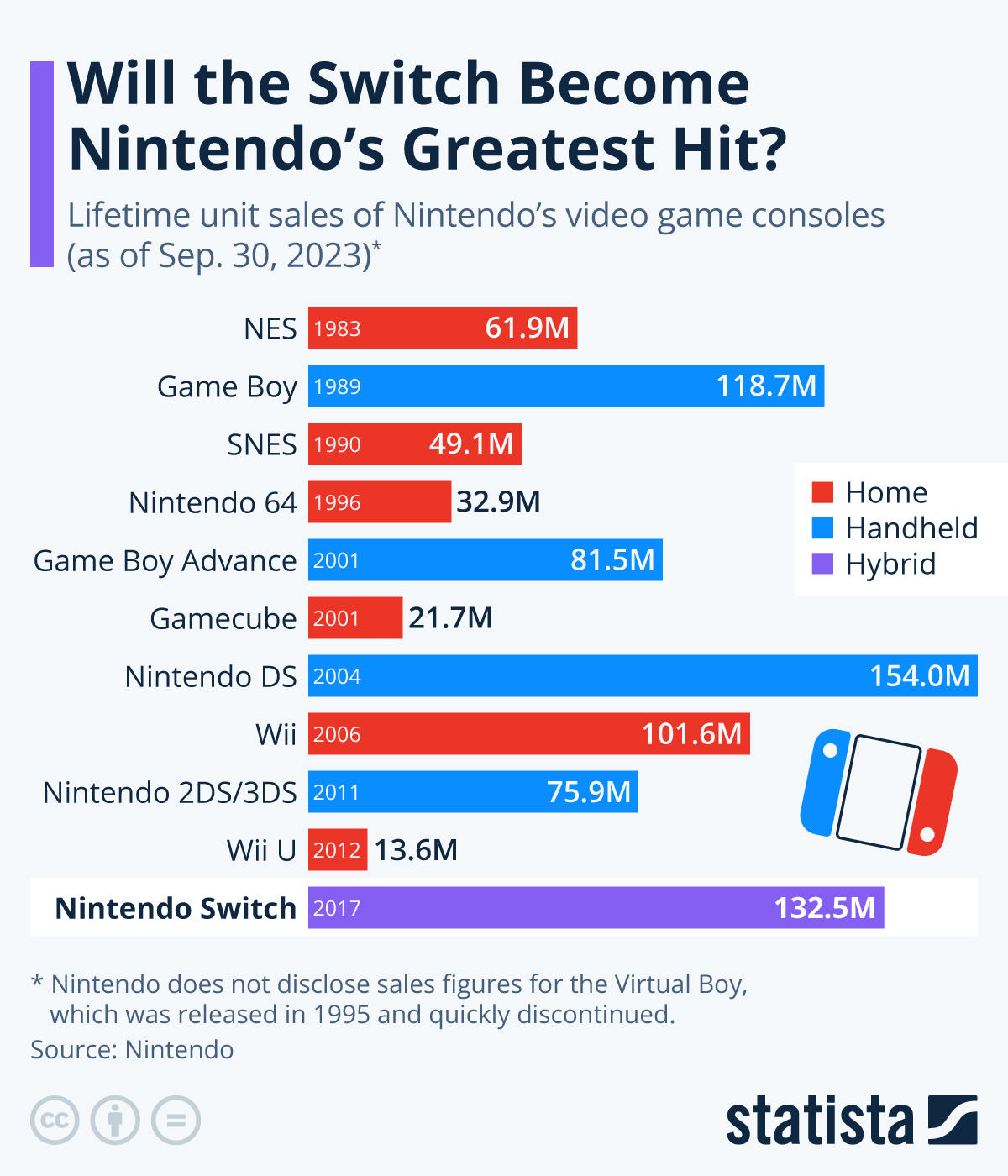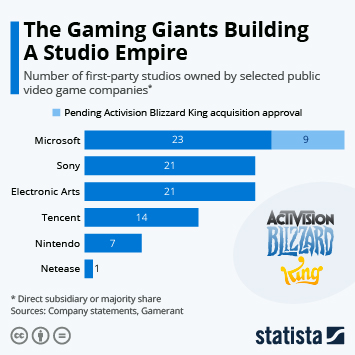On Thursday, Nintendo published the first official trailer of the upcoming Nintendo Switch 2, the long-awaited successor of the Switch, which made its debut in 2017. Despite Nintendo's reputation for taking big risks and making bold moves - think the motion-controlled Wii in 2006 or succeeding the successful Wii with an entirely new concept in the Wii U - the Japanese company is playing it relatively safe this time. The trailer suggests that the Switch 2 will build on the proven and highly popular foundation laid by the original Switch, keeping the basic concept alive and just making refinements that bring the ageing device to 2025 and beyond. The trailer suggests that these refinements include a larger screen, magnetically attaching Joy-Cons and a slightly more polished look. More details, including information on the updated internals, will be revealed on April 2 in a dedicated Nintendo Direct presentation.
Since its release in 2017, Nintendo has sold more than 146 million units of the popular hybrid console, making it the company's second best-selling device, trailing only the Nintendo DS, which sold 154 million units over its lifetime. Despite the Switch 2 now on the horizon, it seems more than likely that the original Switch will sell the additional 8 million units to become Nintendo's greatest hardware hit - a milestone that seemed unthinkable after the Wii U disaster.
As our chart illustrates, Nintendo’s history is one of hits and misses. While the Game Boy and the company's first two video game consoles for the living room were blockbuster successes at the time, the Nintendo 64 and GameCube didn’t sell as well and the experimental and often forgotten Virtual Boy (thanks to one of our readers for bringing it to our attention) failed miserably. The Nintendo DS and Wii, released in 2004 and 2006, respectively, marked Nintendo’s return to form, before the 2012 Wii U flopped completely and was quickly replaced by the popular Nintendo Switch.




















